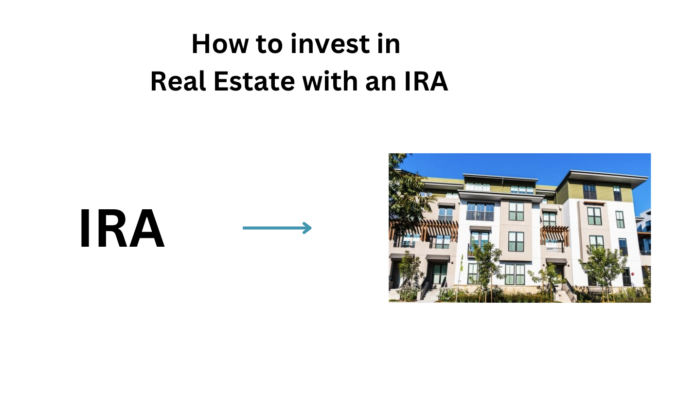
Investing in a syndication through a Self-Directed IRA (SDIRA) involves several key steps. If you have a 401(k), you will first need to conver it into an IRA to then be able to invest in alternative assets such as real estate.
Here’s a detailed guide to help you navigate the process:
1. Set Up Your SDIRA
- Open an SDIRA Account
Choose a custodian or trustee who specializes in SDIRAs. Complete the application process to open the account. This usually involves providing personal information and selecting investment preferences. - Fund Your SDIRA
Transfer or rollover funds from an existing retirement account (such as a 401(k) or traditional IRA) into your SDIRA. This process involves contacting your current plan administrator and following the rollover procedures.Note: 401(k) plans don’t allow for investments in alternative assets such as real estate. Because of this, if you have a 401(k) from an old employer or you reached an age where you can rollover your 401(k) then first check out the process of converting a 401(k) into a Self-Directed IRA here.
2. Understand IRS Rules and Custodian Requirements
- IRS Rules
Familiarize yourself with IRS rules regarding SDIRA investments. Key rules include prohibitions on self-dealing (transactions with disqualified persons such as yourself or your immediate family) and restrictions on using the property for personal benefit. - Custodian Requirements
Each custodian may have specific requirements or procedures for purchasing real estate. Make sure you understand these requirements before proceeding.
3. Identify and Evaluate Real Estate Investment Opportunities
- Research Investment Opportunities
Look for real estate opportunities that fit your investment goals. This could include residential properties, commercial properties, or land development deals. - Due Diligence
Conduct thorough due diligence on the property and sponsor. This includes evaluating the property’s condition, market value, rental income potential, and any associated risks.
4. Make the Purchase
- Reserve a spot in the deal
Once you’ve identified a deal, reserve a spot. Ensure that the investment is made in the name of the SDIRA, not your personal name. The SDIRA custodian will need to be involved in the transaction. - Sign the paperwork
The investment documents (also known as PPM) will need to be completed in the name of the SDIRA. Your custodian may need to sign certain documents too. - Fund the Investment
Work with your SDIRA custodian to handle the investment process. You need to ensure that all funds used for the investment come from the SDIRA account.
5. Distributions and Profit
- Distributions and Profit
All rental income and profit should be deposited directly into the SDIRA account.
6. Compliance and Reporting
- Follow IRS Rules
Ensure compliance with IRS rules regarding real estate investments. This includes avoiding personal use of the property and not engaging in self-dealing transactions. - Annual Reporting
Your SDIRA custodian will handle annual reporting requirements, including filing the necessary forms with the IRS. However, you should review your account statements and ensure that all transactions are properly documented.
7. Consider Future Transactions
- Property Sales
Once the property sells, the proceeds must go back into the SDIRA. Any capital gains from the sale will be tax-deferred or tax-free*, depending on whether you have a traditional or Roth SDIRA. - Reinvestment
You can use the proceeds from a sale to reinvest in additional properties or other allowed investments within the SDIRA.
Additional Tips
- Consult Professionals
Work with real estate professionals, tax advisors, and legal experts who have experience with SDIRA investments. They can help you navigate the complexities and ensure compliance. - Stay Informed
Regularly review IRS guidelines and custodial requirements related to SDIRA real estate investments. Staying informed helps prevent mistakes and ensures that your investment remains compliant.
By following these steps, you can successfully invest in real estate through an SDIRA, leveraging the tax advantages and diversifying your retirement portfolio.
* If using debt on a property then there might be some tax to be paid for the relative portion of profit generated by the debt used this is called UBIT. Consult with your own CPA to learn more.
Satch Bernhardt
CEO | V1 Capital
Disclaimer: V1 Capital is not a financial or tax advisor and this shall not be construed as financial or tax advice. Consult with your own CPA, tax advisor, and/or financial planner in regards to investing and using an SDIRA.
